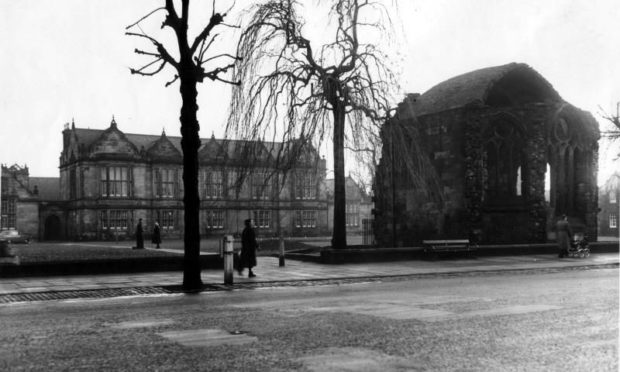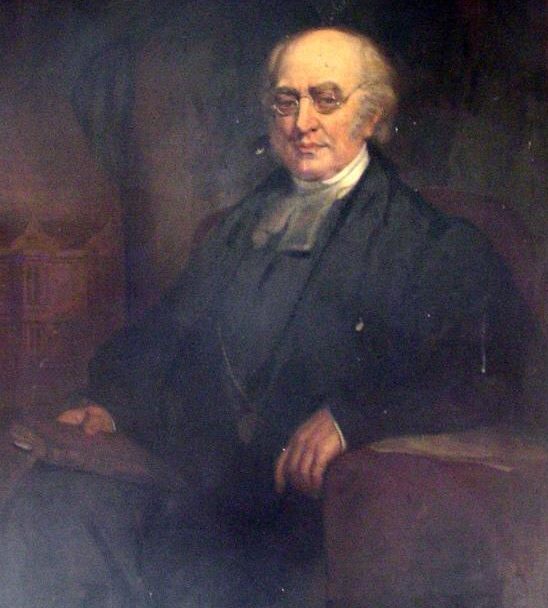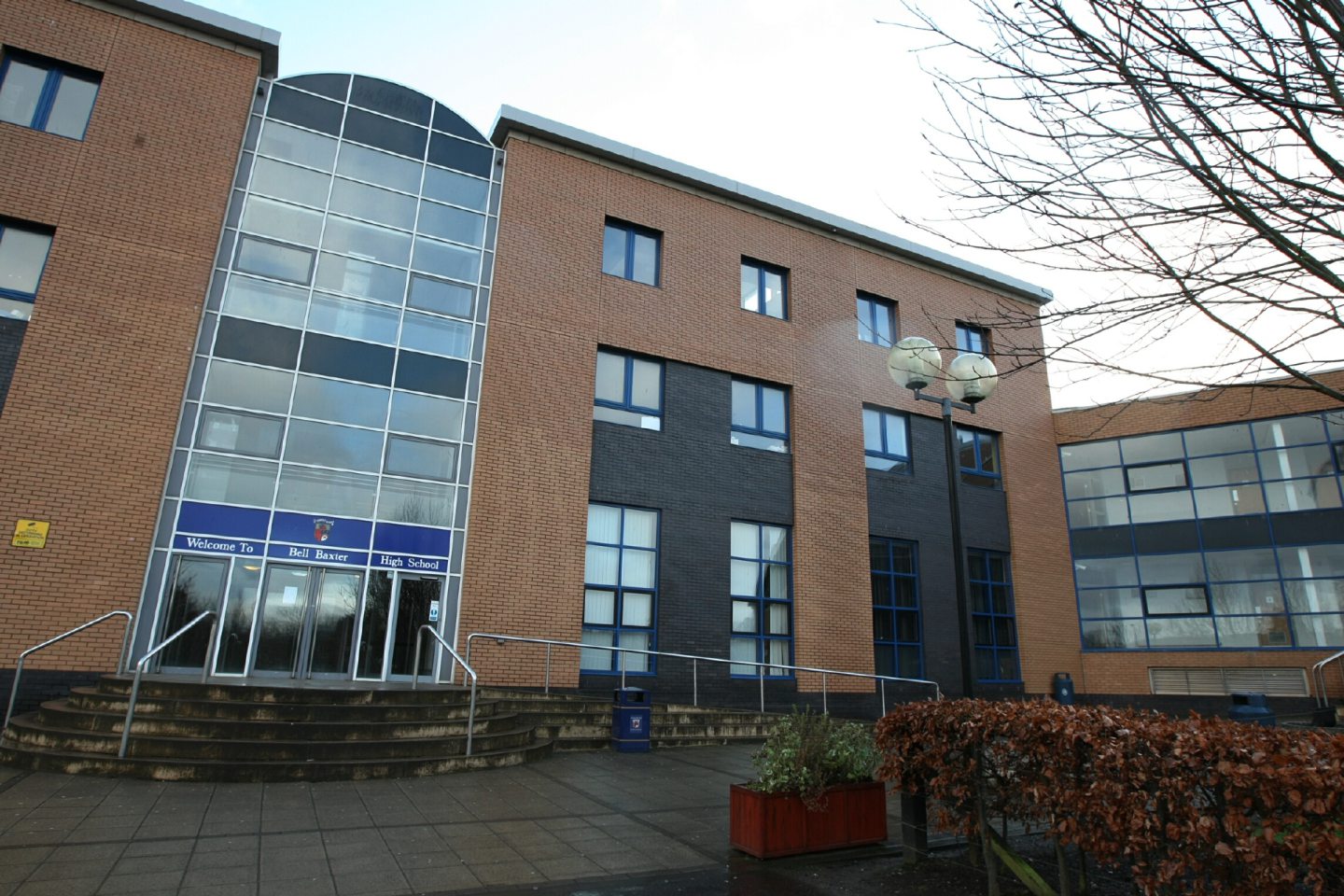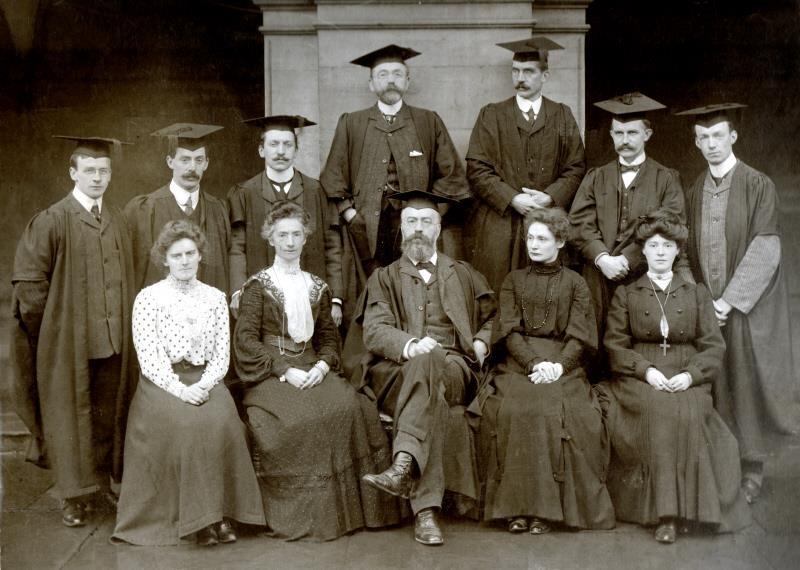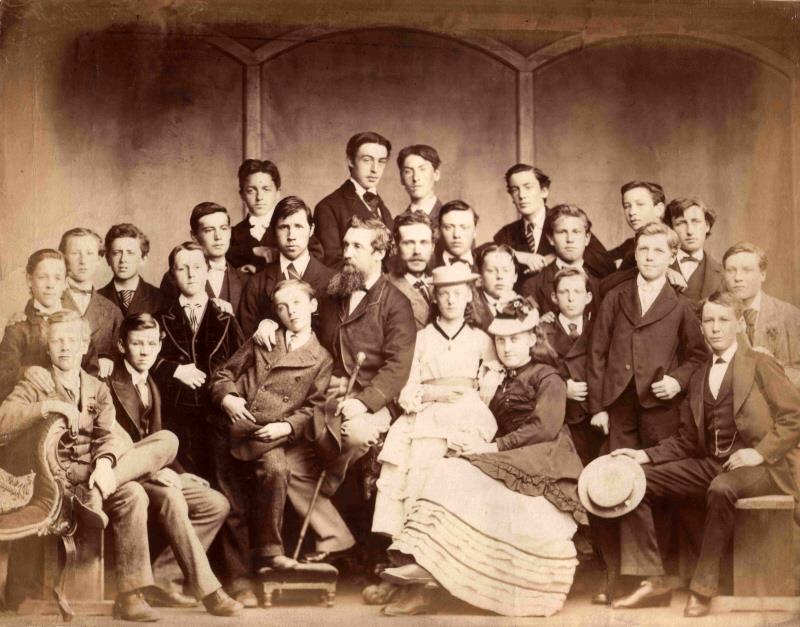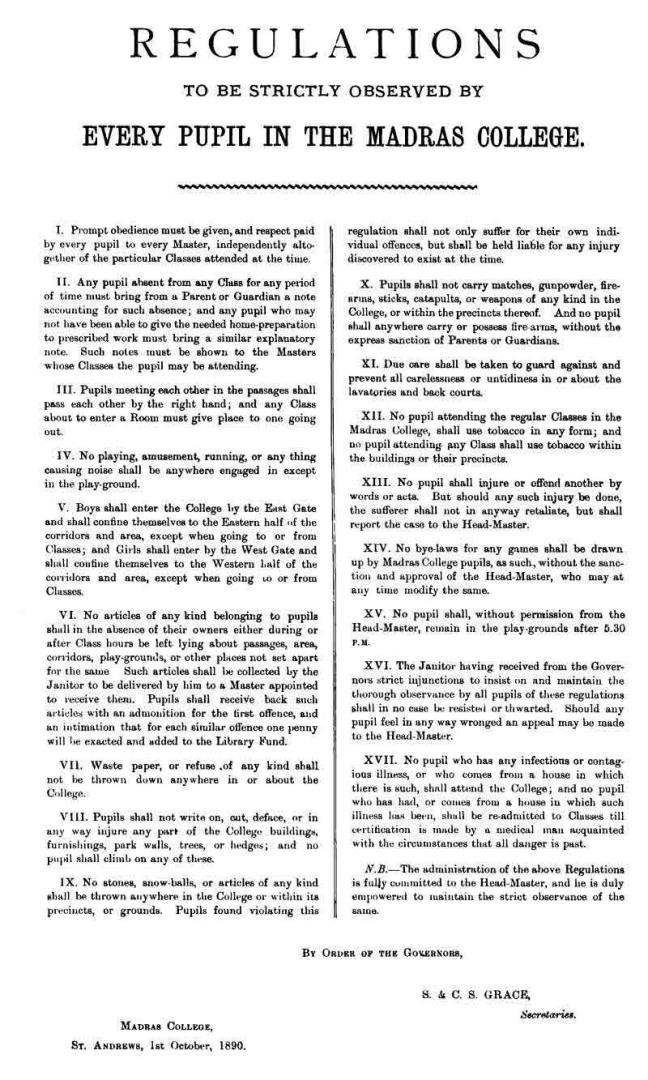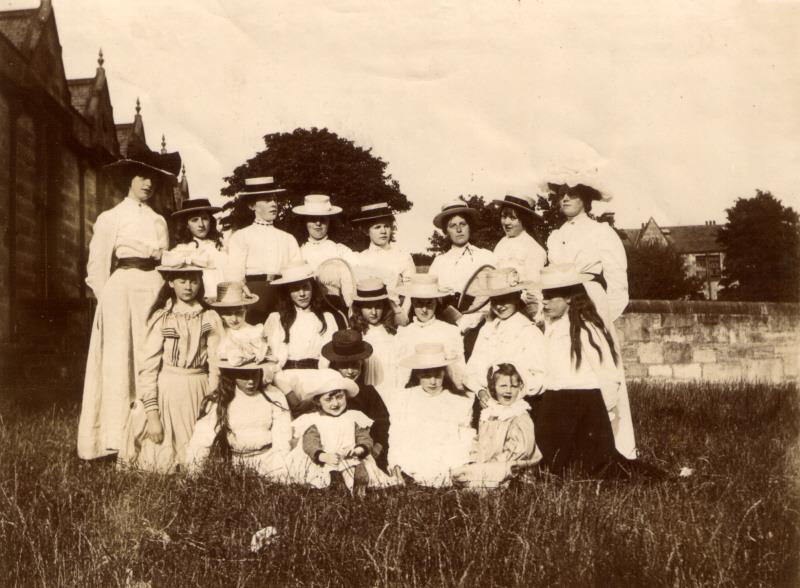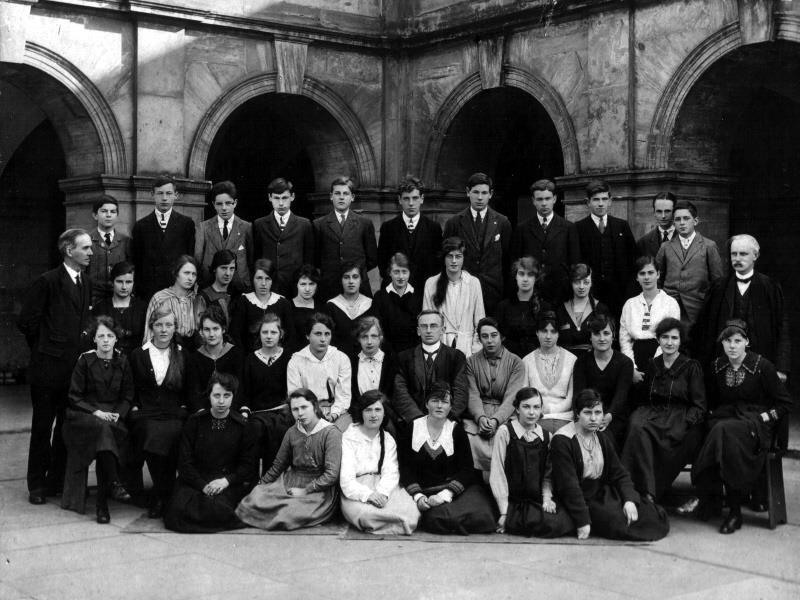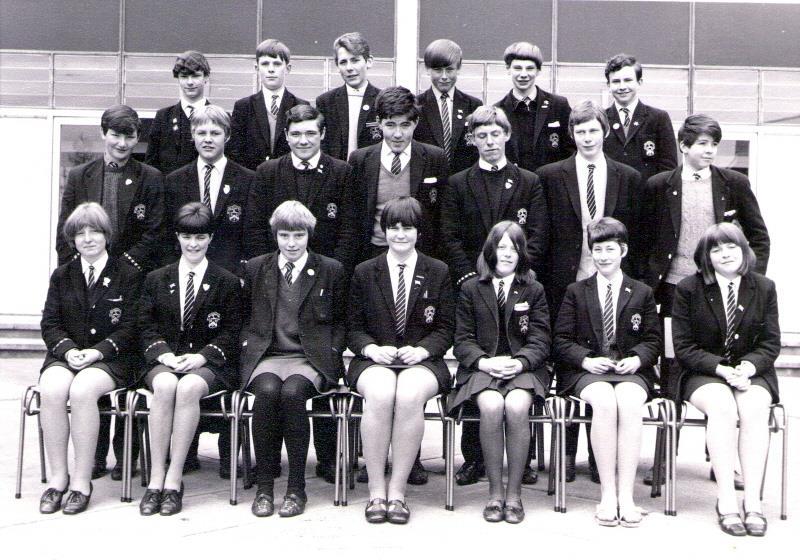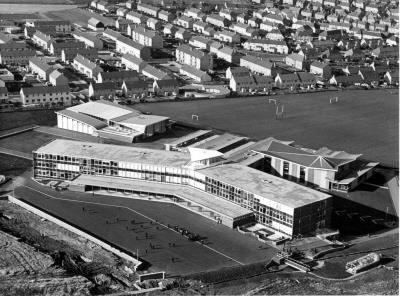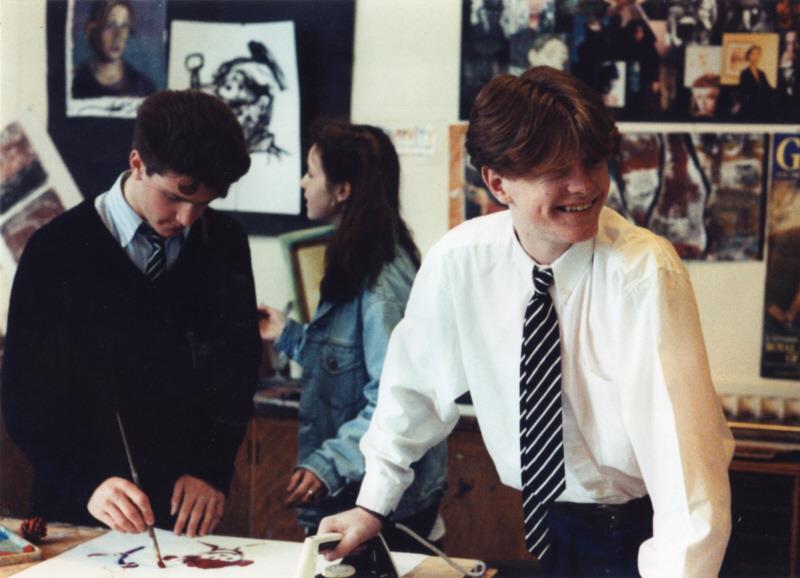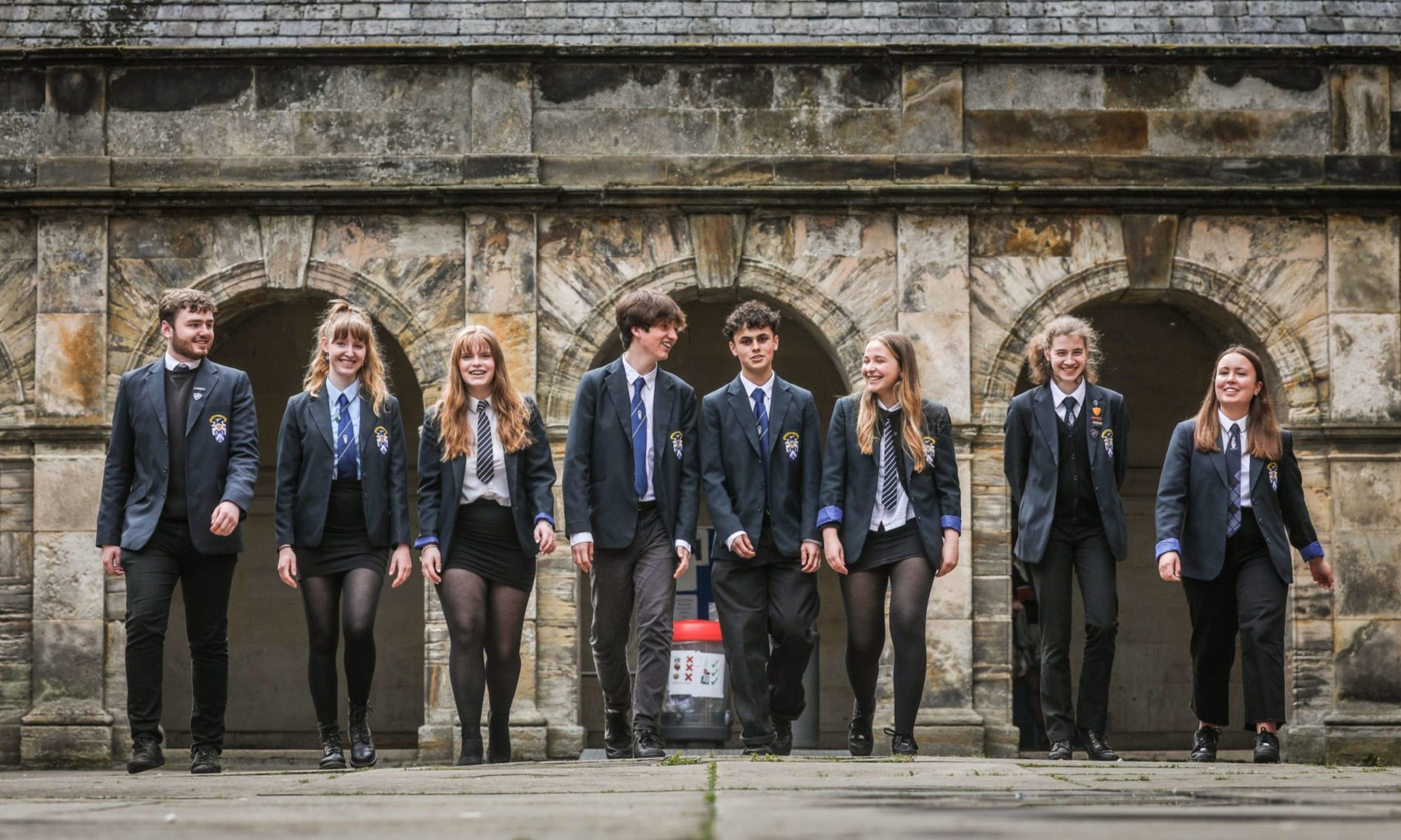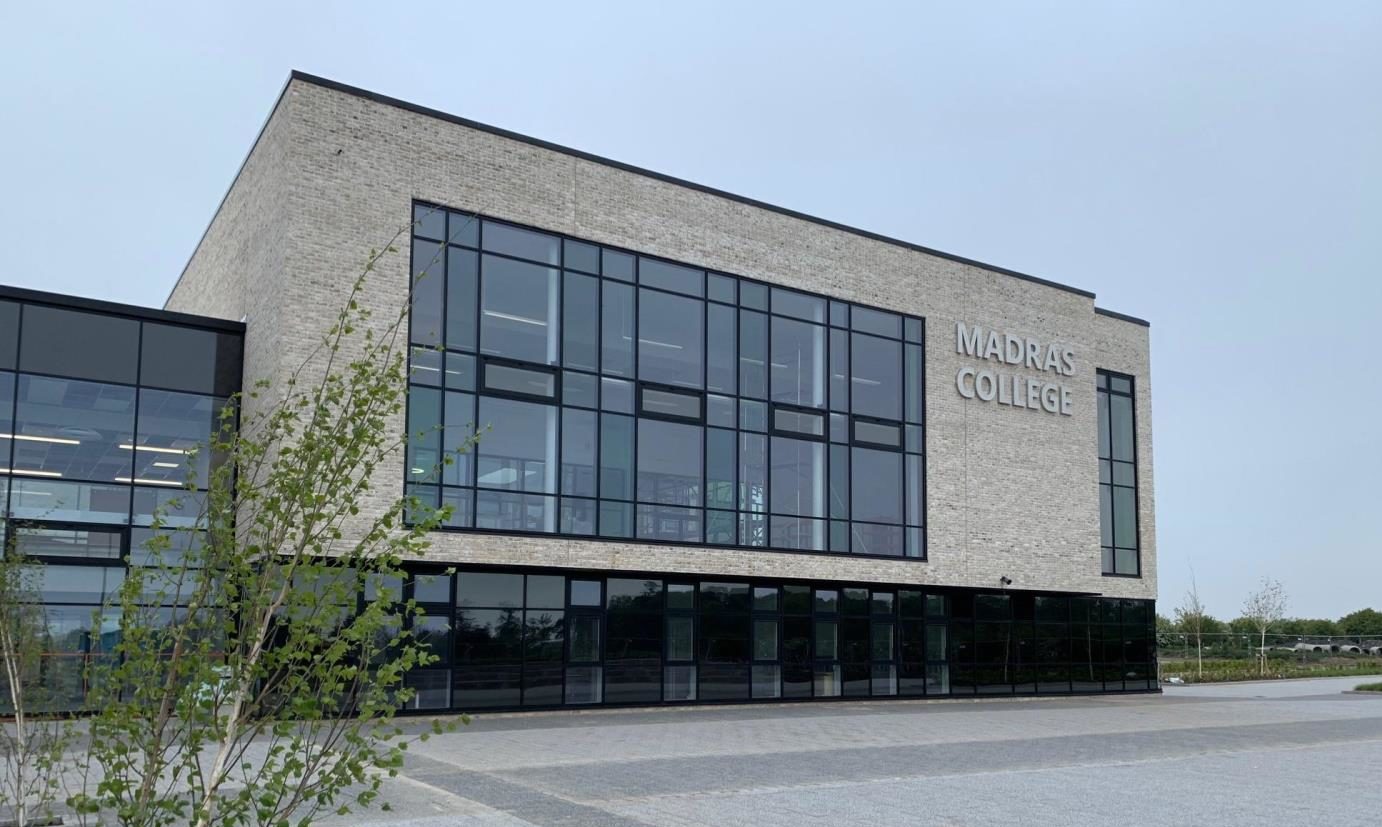For nearly 200 years Madras College has taught the students of St Andrew’s from it historic home on the town’s South Street.
Next week though the pupils will leave its original home and the school’s 1960s Kilrymont Road campus for the last time as they start afresh in the new multi-million pound school which is finally ready to welcome students and staff in August.
Despite the change of scenery the new college incorporates some of the school’s rich history which began in 1833 when the school was founded by the Rev Dr Andrew Bell, who pioneered the Madras system of education using pupil monitors to help teachers, the school has a rich heritage.
Andrew Bell and the formation of Madras
Born in St Andrews in 1753 Rev Andrew Bell was the son of a local magistrate and wig-maker. He studied at the town’s University, distinguishing himself in mathematics, before becoming a clergyman of the Church of England and taking up an appointment as chaplain to the regiments of the East India Company in Madras, now known as Chennai.
At the time he was put in charge of educating the soldiers’ children but with a shortage of teachers Bell decided he would teach older boys the lessons so they could then help by instructing groups of younger pupils.
The new pupil teachers were called ‘monitors’ and the method of education became widely used in schools both in India and at home.
Bell returned from India and made it his life’s work to travel the country and encourage schools to adopt ‘the Madras system’, as it had come to be known. By the time of his death in 1832, over 10,000 schools were using his methods.
To make sure that his educational ideas would be preserved for the future, Bell made arrangements for his fortune to be used to found a school in St Andrews. He was also able to give money to Cupar after he sold some of the land he owned meaning he was able to found two schools.
The present Bell Baxter High School in Cupar was built with the original name of Madras Academy and the second school was created by amalgamating the old Grammar School in St Andrews with the “English” School to form Madras College.
Rectors and notable staff
Following its opening in 1833 Madras College was run by a board of trustees with no one in charge of the school as a whole, instead each department had their own head. That continued until 1888 when during a series of reforms at the school the role of rector was introduced.
Madras has had its share of interesting staff on its teaching team with wonderfully intelligent lecturers working at the school.
Dr John Adamson was a Scottish physician, pioneer photographer, physicist, lecturer and museum curator plus he was a highly respected figure in St Andrews.
He taught at Madras College from 1837 until 1840 but it would be a year later that he would achieve his biggest claim to fame after producing the first calotype portrait in Scotland in 1841.
He also taught the photography process to his brother, the famous pioneering photographer Robert Adamson.
Between 1875 and 1881 Charles Lapworth was employed as assistant English master at Madras College but English wasn’t his only passion.
During his spare time Lapworth would study the rocks of Southern Scotland and began complex studies which resulted in the proposition of a new geological time period – the Ordovican Period – which is now recognised and used internationally. After his departure from St Andrews he became professor of geology at the University of Birmingham.
Strict rules and regulations
In the early years of the school there were a number of rules and regulations that the pupils were required to comply with.
Looking at the schools archives there are a number of these rules that would still be common place today and others that seem outright bizarre in this day and age.
In 1890 there would be no “playing, amusement, running or anything causing noise” to be anywhere engaged, except from the playground which were segregated by sex with boys on the eastern side and girls on the west.
Another rule ensured that nobody could make up their own rules for the footie game at lunch time saying: “No bye-laws for any games shall be drawn up by Madras College pupils, as such, without the sanction and approval of the Head-master, who may at any time modify the game”.
In the arguably most bizarre rule, which would hopefully not need to be written in the 21st century, pupils were explicitly told they could not carry firearms.
The rule stated “Pupils shall not carry matches, gunpowder, firearms, sticks, catapults, or weapons of any kind in the College, or within the precincts thereof. And no pupil shall anywhere carry or possess firearms without the express sanction of parents of guardians.”.
Kilrymont Campus
The second amalgamation which led to the school in its current form happened in 1963, when Madras College was merged with the Burgh School which was founded in 1889, based in Abbey Walk.
As part of this amalgamation and the introduction of comprehensive education, a new school building was built on Kilrymont Road, a mile and a half from the original South Street building.
The Kilrymont building was constructed in a modernist style, with adjacent playing fields and was opened in 1967.
The new building is currently host to the school’s S1 to S3 pupils with the higher years still based in South Street.
The original South Street campus had received major extensions during the 50s and 60s including a new assembly hall and dining room.
New beginnings
Following the summer holidays pupils will move to the purpose built campus in North Haugh. Pupils from S1 right through to S6 will now share the same building with the high tech campus costing over £50 million.
Although the campus will bring the school into the 21st century plenty of the rich history of South Street and Kilrymont are heading there with the pupils.
Beloved features of South Street – including the quad, war memorials and an ‘Old Order Changeth’ bronze embedded in the stonework – will be replicated in the new building.
From Kilrymont, Italian handblown glass lights are to be reimagined in an art installation, triptych panels in the assembly hall will be transferred to the new assembly hall and its cherry blossom avenue will be recreated as a tree trail.
Kilrymont campus is being sold for redevelopment, while South Street will be taken over by the university and turned into a new school for social sciences, with study and library space.
So as one (or two) doors close and another opens the rich history of Madras College will continue for years to come.
